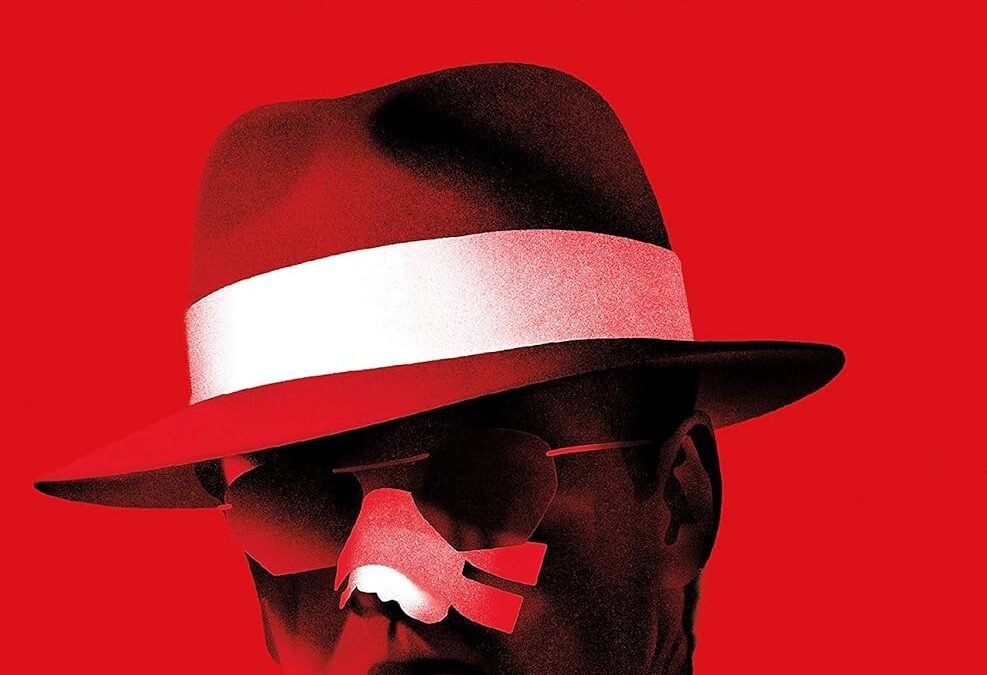
Book Review of The Big Goodbye: Chinatown and the Last Years of Hollyw…
The Big Goodbye: Chinatown and the Last Years of Hollywood – A Journey Through Grit and Glamour
As a lover of film history and storytelling, I was drawn to The Big Goodbye: Chinatown and the Last Years of Hollywood by Sam Wasson almost immediately. The title alone stirred up visions of a cinematic era defined by ambition, complexity, and—let’s face it—drama both on and off the screen. I had heard Chinatown hailed as one of the greatest screenplays of all time, but Wasson’s nuanced exploration of its making offered me a fresh lens through which to view this iconic film.
Wasson takes us behind the scenes, focusing primarily on Robert Towne’s grueling yet passionate writing process, and the book’s pacing reflects the feverish energy of Hollywood in the ’70s. While some might raise an eyebrow at his recreation of conversations, I found that those rich details only deepened my engagement. The access felt almost intimate. When he described Towne sitting on Catalina Island, working long hours with his beloved Komondor, Hira, by his side, I could picture the frustration and the creativity melding together. It made the struggle feel real, palpable—a reflection of the artistic endeavor itself.
At its core, The Big Goodbye is not merely about the making of a film; it delves into themes of lost dreams and the complex interplay of personal and professional relationships. Towne’s collaboration with Edward Taylor highlights the delicate balance between friendship and creative partnership—one that often dances on a knife’s edge. Wasson’s portrayal of Towne’s journey resonates deeply, especially when Towne muses about his love for an L.A. that no longer exists. The emotional gravity of his words is palpable: “I had in common with Chandler that I loved L.A. and missed the L.A. that I loved.” This notion carries a profound weight, reminding us that the places we cherish also embody our memories and hopes.
The dialogues Wasson recreates—like the one between Towne and Jack Nicholson about the screenplay—add layers of humor and insight. For example, Towne’s casual yet creative response to Nicholson on writing a detective movie, “I don’t know. Water,” underlines an almost playful arrogance that was present in the artistic circles of that time. It’s this kind of conversation that reveals the personalities behind the scenes, reinforcing how their quirks and eccentricities shaped not just Chinatown, but Hollywood itself.
One quote from Kim Fowley captures the allure of the era perfectly: “You wanted to get there because these places had hope.” That hope is what drove many creatives, and it’s what makes reading this account so mesmerizing. Wasson’s ability to weave the threads of aspiration, despair, and creativity reflects a reality that goes beyond mere filmmaking—it’s a commentary on the human experience.
For fans of film, history, or even just storytelling in general, The Big Goodbye offers an experience that is both engaging and enlightening. It succeeds in peeling back the glamorous veneer of Hollywood to reveal the countless sacrifices made in the pursuit of the ultimate dream.
Reading this book profoundly impacted me, reminding me that greatness in art often comes with a hefty emotional price tag. If you have ever been captivated by a movie or felt a pang of nostalgia for an era long gone, this book may resonate with you. Come for the insight into Chinatown; stay for the exploration of ambition, failure, and the bittersweet beauty of memories that shape who we are.
Discover more about The Big Goodbye: Chinatown and the Last Years of Hollyw… on GoodReads >>

